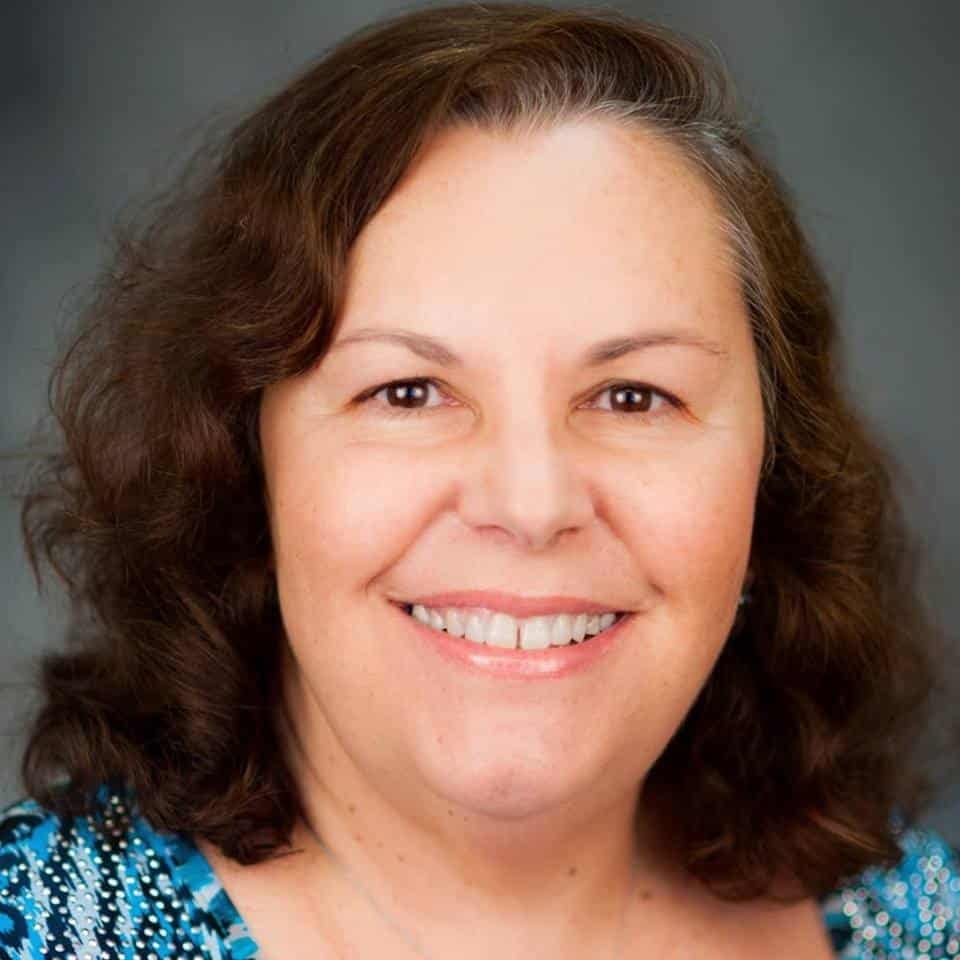Depression
Read Time: 5 MinutesUpdated On: July 24, 2024
Overview
Depression is a pervasive mental health concern, affecting an estimated 5% of adults worldwide. It manifests through a complex interplay of emotions, behaviors, and physical symptoms that can disrupt daily life and relationships. The severity of depression is fluid, often ebbing and flowing, which makes a comprehensive understanding of its dynamics crucial for those dealing with it.
While the medical community does not recognize formal “stages” of depression, individuals often perceive their experiences through phases or episodes. Early detection of symptoms, effective treatment strategies, and robust support systems are essential in navigating the unpredictable waters of a depressive disorder. This article explores the conceptual idea of “stages” in depression, more specifically looking at the different aspects of depression and how it occurs.
Does Depression Have Stages?
The concept of “stages of depression” isn’t formally recognized or mentioned in The Diagnostic and Statistical Manual of Mental Disorders, Fifth Edition (DSM-5). Diagnosis and treatment don’t follow any staged progression like a physical disease might — think cancer. Instead, treatment plans are based on symptoms’ presence, severity, frequency, and duration as outlined in diagnostic manuals.
That said, many people — especially those who experience depression — refer to the “stages,” “phases,” or “episodes” they have. They use these terms to explain depression, particularly how their symptoms can range in severity and intensity and how this condition impacts their life over time. Although they’re not clinically accurate, phrases like this help people understand and communicate how depression is affecting their ability to function and overall well-being.
Understanding the Nature of Depression
Since there are no clinical “phases” or “stages” of depression, depression can be best understood by exploring the different aspects of the condition, including:
- Severity
- Duration
- Episodic nature
- Specifiers
Looking at depression like this makes it easier to recognize how it can manifest. This not only sheds light on the complexity of this mental health condition but also aids in crafting the most effective mental health care and treatment plan to manage symptoms efficiently.
Severity
Depression “stages” manifest in varying intensities, ranging from mild to severe. In mild depression, also known as low-grade depression, you might feel a persistent low mood, lack of motivation, or loss of interest in things you once enjoyed. Moderate depression is more intrusive, significantly disrupting daily activities and routines. Severe depression involves intense symptoms that can be debilitating, often requiring comprehensive treatment to manage daily functions.
““The severity of depression is determined by the intensity and duration of symptoms, how symptoms interfere with daily functioning, and the impairment caused by the depression.””
Expert Insight
 LCSW, Doctorate of Social Work (DSW) Olga Molina
LCSW, Doctorate of Social Work (DSW) Olga Molina
Mild depression
Mild depression can be characterized by a low mood, feelings of persistent sadness, and a lack of interest in or motivation to do daily activities — even things you once looked forward to can feel overwhelming when you have mild depression. Symptoms can impact your ability to function daily and may include:
- Feeling more fatigued than normal
- Having minor occasional sleep disturbances
- Experiencing low self-esteem
Individuals with mild depression may exhibit what is known as high-functioning depression, where they manage to maintain their daily responsibilities and outward appearances despite their internal struggles. With that said, people with mild depression can significantly benefit from therapy and positive lifestyle adjustments.
Moderate depression
Moderate depression manifests with more intense symptoms and can interfere with your ability to work, your daily life, and your relationships. People who are moderately depressed struggle with concentration, often see a change in appetite and sleep patterns, and have difficulty managing their emotions.
Proactive treatment with therapy and possibly short-term antidepressant medication can help manage symptoms.
Severe depression
Severe depression is marked by overwhelming symptoms that disrupt daily functioning, enveloping you in despair and hopelessness. Alongside emotional turmoil, physical signs like debilitating fatigue are common. In this critical phase, thoughts of self-harm or suicide may emerge, highlighting the need for immediate help.
Treatment typically involves a comprehensive plan combining antidepressant medication, therapy, and possibly hospitalization for severe cases.
Duration
The duration of “depression stages,” more accurately described as episodes, helps determine the type of treatment needed. Knowing how long your depression typically lasts helps you set realistic expectations on treatment processes or recovery timelines.
Acute
Acute depression marks a single, intense episode of depressive symptoms, often described as short-term yet profound in impact. While these episodes typically span a few weeks to several months, their severity demands swift and precise treatment strategies. By quickly identifying and managing symptoms, we can try to prevent future occurrences and support recovery.
Chronic
Chronic depression, or persistent depressive disorder, unfolds subtly with symptoms that weave through life for two years or more. While these symptoms may not peak as intensely as those of an acute episode, their persistence casts a long shadow over daily life and overall well-being. Successfully managing this condition often demands a strategic, long-term approach to treatment, aimed at reducing symptoms and enhancing quality of life.
Episodic nature
Depression’s episodic nature means symptoms might ebb and flow unexpectedly. One day, you could find yourself dealing with intense symptoms, and the next, feeling significantly lighter. This variability emphasizes the unique journey each person faces with depression.
““Episodes of depression can last 6 months or longer. Depression can be episodic, with periods of depression followed by remission. However, depression is a treatable condition, with treatment usually involving a combination of therapy and medication.””
Expert Insight
 LCSW, Doctorate of Social Work (DSW) Olga Molina
LCSW, Doctorate of Social Work (DSW) Olga Molina
Some may enjoy lengthy periods of stability, with their lives affected only by occasional episodes. Others might navigate a more challenging path, with frequent relapses disrupting their progress. Recognizing this episodic pattern is crucial—it shapes personalized treatment plans that foster stability and minimize the risk of recurrence, enabling a smoother journey toward well-being.
Specifiers
The DSM-5 uses specifiers to describe the features or patterns of depression symptoms. Labels used include:
- Anxious distress: Indicates the presence of anxiety symptoms in addition to depression. This is important for treatment and prognosis.
- Peripartum onset: Applies to depression symptoms that occur during pregnancy or in the weeks or months following birth. Special consideration is needed to determine the impact on the mother and child.
- Seasonal pattern: Also known as seasonal affective disorder (SAD), it describes a seasonal pattern of depressive symptoms, generally worsening in the fall and winter months and improving in the spring and summer.
Similarities to the Stages of Grief
Depression and grief share similarities in the emotional journey both take you on. When you experience either, you can go through a series of highs and lows as you move through different emotional states.
Grief is linked to the following stages:
- Denial
- Anger
- Bargaining
- Depression
- Acceptance
Similarly, depression frequently mirrors these emotional phases. It’s crucial to acknowledge, however, that the journey through either depression or grief is uniquely personal. Both experiences defy a linear path and can lead to significant emotional distress, evading a predictable or standard trajectory.
Treatment Options
Like all mental health conditions, depression treatment will significantly depend on things like symptom severity, frequency of episodes, presence of comorbid conditions, and other medication you might be taking. The approach to treatment must be tailored to address your specific needs and ensure you get the most effective care.
For mild depression
If you’re experiencing mild depression, simple lifestyle changes and therapy can be very beneficial. Making even small changes to your daily habits can have a significantly positive impact on your mood. Try the following coping skills for depression:
- Getting regular exercise
- Eating a well-balanced diet
- Maintaining a healthy sleep habit
- Meditating
- Using deep breathing
- Journaling
Cognitive Behavioral Therapy (CBT) and other forms of psychotherapy, often referred to as talk therapy, are effective in identifying triggers that may lead to depressive symptoms. These therapies also equip you with coping strategies to manage symptoms and help you recognize and modify negative thought patterns that contribute to your depression.
For moderate depression
Moderate depression responds well to treatment, with therapy for depression playing a central role. However, adding depression medication can enhance this approach. Antidepressants and other medications balance essential brain chemicals, elevating mood and overall well-being. When paired with therapy, such interventions can significantly help those dealing with moderate depression.
For severe depression
Treating severe depression effectively requires a comprehensive approach. Typically, this includes a combination of intensive therapy and medication, tailored to reduce and manage symptoms. In more extreme situations, hospitalization might be necessary—not just for safety, but to provide a structured, monitored environment that supports your journey towards stabilization and recovery.
Understanding the different experiences and phases people go through with depression is vital for tailoring effective treatment plans for recovery. If you’re dealing with mild, moderate, or severe depression, learn what steps you can take to address your specific symptoms and start on your journey toward well-being.
Talkspace is a convenient and affordable online platform where you can find professional treatment for any stage, or experience with depression. Talkspace offers personalized support through access to licensed therapists and other mental health professionals. You can treat depression with the added convenience of not even having to leave your home.
Reach out to Talkspace to start online treatment for depression.
See References
-
Depressive disorder (depression).
World Health Organization: WHO, World Health Organization: WHO. Published March 31, 2023.

Olga Molina is a licensed clinical social worker with approximately 40 years practice experience with diverse populations offering individual, family, and group counseling. Her research and publications focus primarily on divorce, intimate partner violence (women and children), African American and Latinx families, group work, and social work education. Dr. Molina has been in academia for approximately 20 years teaching at the undergraduate and graduate levels on clinical practice with families and groups, and culturally competent practice.
Related Articles About Depression
View all articles
What to Do if Your Teenager is Making You Feel Depressed

Post-Weaning Depression: Recognize the Signs & Find Support

How to Think Positive When Depressed: Techniques for a Brighter Outlook

Have You Fallen Out of Love, or Are You Depressed?

How to Prevent Postpartum Depression

How to Explain Depression to Someone

Are There Stages of Depression?

Can Adderall Cause Depression?

Can Depression Cause Memory Loss?


